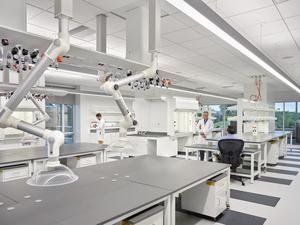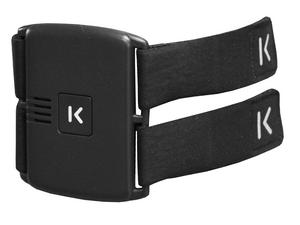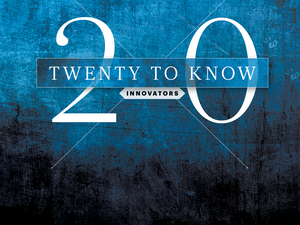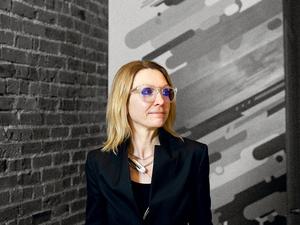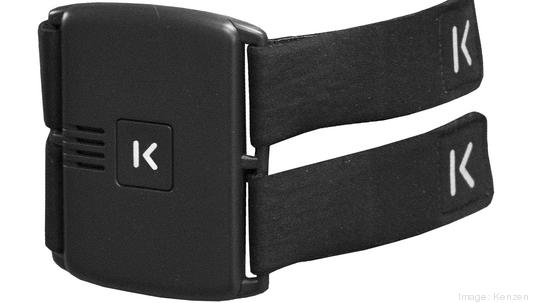
When the heat is on, rising to the top, a partnership between a locally rooted tech startup and a national construction company is geared toward ensuring that workers' sparks don't get too hot.
Kenzen, which has dual headquarters in Kansas City and New York, issued smart heat-monitoring devices for St. Louis-based McCarthy Building Cos. Inc. to distribute to four U.S. job sites in steamier climes. Workers wear the devices on their upper arms to monitor potential heat injury triggers in real time.
This summer, McCarthy led a pilot program that saw the devices implemented during construction of renewable energy projects in south Georgia and the Dallas area, plus health care and higher education facilities in Austin and Tuscon, Arizona, respectively.
The company, which counts an Overland Park location among 17 nationwide offices, first connected with Kenzen through a Builders Association health and safety meeting, Pat Devero, McCarthy's vice president for national and corporate safety, told the Kansas City Business Journal.
"We're one of the folks in the industry like, hey, if this is new and it looks like it's going to provide benefits, one of those benefits being the safety and health of our employees, we're going to be all ears to see what it looks like, how we can test it out (and) how we can make it fit," he said.
Kenzen's devices track heart rate and activity; sweat rate, in liters per hour; and micro-climate temperature — the temperature between its wearer's skin and clothing — to predict core body temperature. The technology also evaluates heat susceptibility using a proprietary algorithm that factors in a person's medical and physical conditions, fitness, age and history of heat injury and illness. It can send alerts on dangerous heat stress through a smartphone app.
Each employee is classified as low, moderate or high heat risk, but personal information and reasons for being in a particular category stay confidential. Devero said on-site managers can track analytics, optimize each worker's safety based on the risk profile and ensure that McCarthy is on the right track with work and rest schedules.
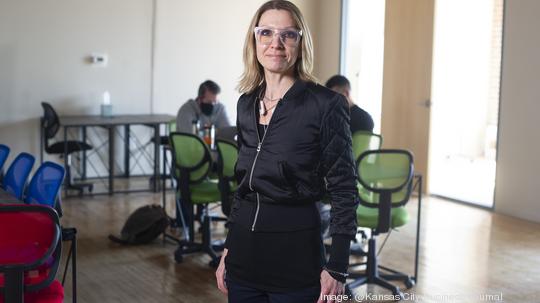
"McCarthy is a leader in exploring all opportunities to keep employees safe," Heidi Lehmann, Kenzen's co-founder and president, said in a release. "With the Kenzen system, they can tailor their approach to individuals, teams and projects because they have access to new, highly detailed information. This information helps manage risk, realize increased productivity and meet every worker’s unique requirements for working safely."
The Kenzen devices supplement McCarthy's existing heat risk prevention strategies, which include educational resources, hydration aids, shade stations, cooling fans and brimmed head protection for workers.
Although the current pilot program recently wound down, either because projects have neared completion or site temperatures have cooled, Devero said he sees opportunities for McCarthy to keep using the Kenzen devices down the road.
"The data is great, but at the end of the day, when we've got an employee that gets this device and says, 'Man, it's cool you guys clearly care about your workforce, and you want to do the right thing,' that, you can't put a number to," he said. "That's the most important part."

